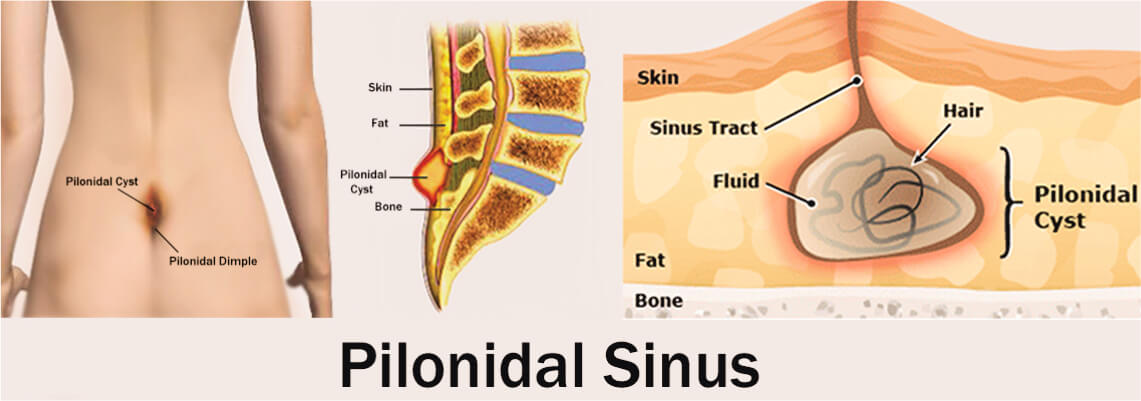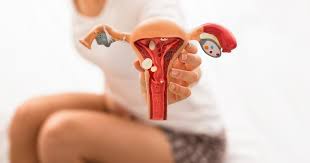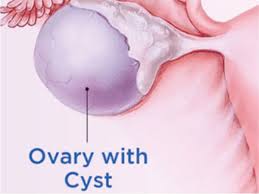Pilonidal Sinus: Challenges and Solutions

Fact: The history of sacrococcygeal pilonidal sinus disease (PSD) may be traced back to the early nineteenth century. Herbert Mayo initially documented the condition in 1833, and Richard Manning Hodges characterized it as "Pilonidal Sinus" in 1880.
An opening in the skin is known as a pilonidal sinus (PNS). Cysts and abscesses can occur when this sac is clogged with fluid or pus. It can be found in the buttocks, in a cleft. In most cases, a pilonidal cyst is filled with dirt and hair. It may be painful, and it's not uncommon for it to get infected. The pus and blood will seep out, and it will have a bad smell if it's infected.
Men are more likely than women to suffer from a PNS, which is also more frequent in young people. Cab drivers and other persons who spend a lot of time sitting are also more likely to suffer from this condition.
It's rather frequent, especially amongst the more budding generations of grownups. Because it most usually affects men between the ages of adolescence and 40, and because it occurs more frequently in men than in women, the condition might be linked to sex hormones.
After puberty, a person's hormones change, hair grows, and clothing or sitting for a lengthy period can all contribute to this issue, according to experts.
Sitting and other activities that produce friction might cause hair to grow back under the skin. The body deems this hair alien and begins an immunological reaction against it, like how it would respond when dealing with a splinter. This immune reaction develops the cyst surrounding the hair. Sometimes a person may have numerous sinuses that join under the skin.
Pilonidal sinus disease is a chronic acquired disorder associated with high morbidity and healthcare expenses. Several strategies for treating this illness have been documented, but no treatment has gained widespread support. PSD is a diverse illness category with an exhaustive scope of symptoms.
Even though it may be discovered by chance after an uneventful course, it might manifest as a complex chronic variant with fistulisation in several gluteal places. Furthermore, acute abscess development is a common characteristic. However, histologically, pilonidal cysts are not actual cysts since they lack an epithelial lining hair, debris, and granulation tissue are typically seen in the cavity and foreign-body giant cells.
Pilonidal Cysts and Laser Treatment
The identification of a single treatment approach for pilonidal sinus has proved to be challenging because of the heterogeneous nature of clinical presentations in cases of PSD. Therefore, a more feasible approach may be to identify strategies for “the best management” rather than “the best technique”. Even though laser therapy for pilonidal cysts has a high success rate, laser surgery is one of the most promising therapies for pilonidal cysts. Several studies have shown that the less invasive laser therapy technique for cleaning and closing a pilonidal sinus outperforms typical surgical therapies in the long run.
Some benefits of Pelvinic'slaser treatment for Pilonidal cysts are:
- The doctor utilizes a specific laser fiber to compress the pilonidal sinus during laser ablation.
- After laser therapy, the recurrence rate of pilonidal cysts may be as low as 2.9 percent.
- Laser treatment demands a shorter recovery time than traditional procedures and reduces postoperative discomfort and hospital stays.
Challenges
- Even though clinical trials on chronic pilonidal sinus have been undertaken for almost a century, the standard gold therapy remains unknown.
Although there was no recurrence in stage I patients, recurrence occurred in stage II patient who had an uneventful postoperative period before the development of a new pit eight months after the procedure. The higher rates of recurrence observed in patients with more than one pit supports. When determining the appropriate management for PSD, the risk/benefit ratio of the preferred modality regarding the speed of recovery and recurrence rates should be carefully considered an on individual basis.
Solutions: Pilonidal Sinus Treatment in the Future and More
Because of the high morbidity and recurrence of pilonidal sinus illness caused by standard invasive surgical approaches, less invasive, laser treatments for more focused treatment of the condition have been developed.
A pilonidal cyst that does not heal requires surgery to drain and remove. Whether you have a pilonidal illness-causing discomfort or infection, Pelvinic specialized doctors may propose an alternative operation. If a pilonidal cyst does not cause symptoms, it does not require treatment.
Pelvinic's Pilonidal Sinus laser treatment has evolved with the development of new-age ambulatory surgery or Day Care surgery, which would be a medical admission for a surgical procedure with discharge on the same day. Our qualified anaesthesiologist, OT assistant, and nursing assistant execute the most recent operations, such as laser and flap surgeries.
There is no need to forcefully remove completely diseased tissue up to the tail bone bed in most cases. The surgical idea of reducing the depth of the natal cleft to avoid recurrence is not satisfied in this manner. In non-infected situations, the ideal technique to remove as much damaged tissue as possible using rhomboid excision with Limberg Flap technique in cases of stage IV PSD, which enables wider tissue excision bilaterally and has favorable clinical outcomes. While this technique decreases postoperative morbidity and eliminates the problem of relapses.
Pilonidal sinus laser treatmentis a novel procedure in which the sinus tract is ablated using a radial laser fiber, where one, two, or three 1 cm incisions are created to minimize fluid accumulation and aid ineffective drainage, allowing for quicker wound healing with secondary intention and a low recurrence rate. Pelvinic believes stage-based treatment approach. In case of chronic pilonidal sinus disease the best approach is individualized management approaches.
If you believe you have Pilonidal Sinus, get in touch with the best proctologist In Delhi to determine the most appropriate type of anesthetic to employ during the procedure.



